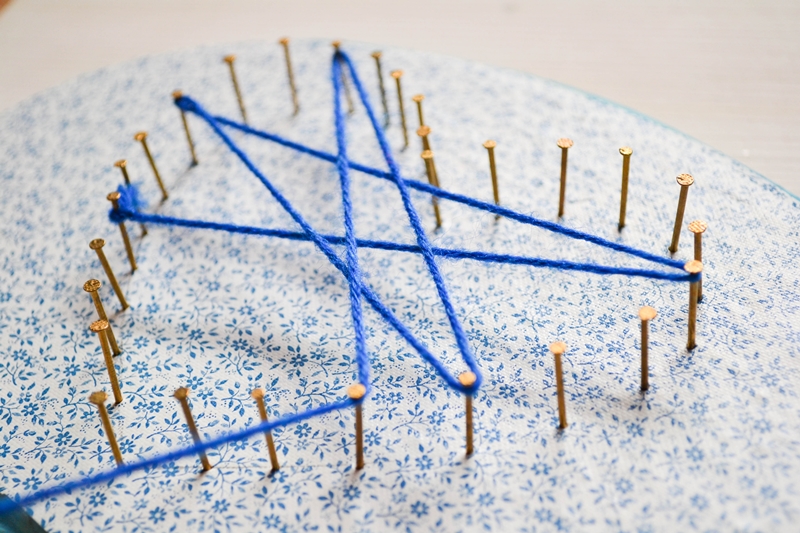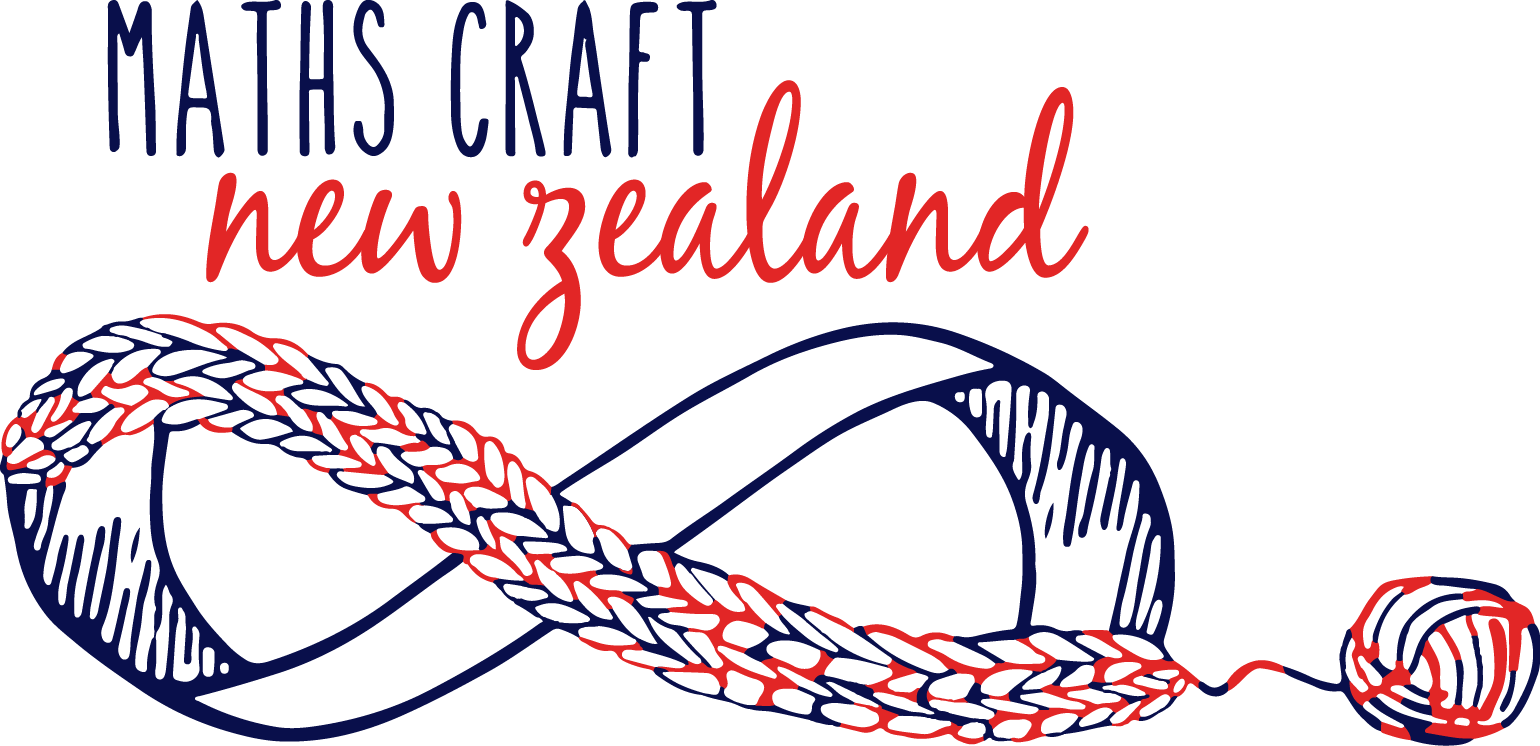
Magical Möbius
Möbius strips are incredible mathematical shapes which have only one side and one edge. They can be knitted using a special cast-on method, or they can be crocheted, or they can be made using simply a strip of paper and a bit of sticky tape.
Explore these unusual shapes and find out what makes them so magical.
To hear more about the connections between mathematics and knitting, come along to the talk Knitting Mathematics by Julia Collins at 11am on Saturday.

Hyperbolic Heaven
Crocheting objects that look like beautiful coral, kelp, funghi or leaves is actually very easy using a simple mathematical method. The resulting piece is an example of 'hyperbolic geometry', and took mathematicians hundreds of years to discover. By crocheting these pieces we learn more about mathematics and nature, and can ask questions about the shape of our own universe.
To hear the story behind an exceptional piece of hyperbolic crochet, come along to our public lecture Crocheting the Lorenz Manifold by Hinke Osinga at 4pm on Saturday.

String Fling
Using only a piece of string and some simple mathematical rules, you'll be amazed at the beautiful images you can create! Explore patterns in prime numbers, play with parabolas, create a mathematical heart, or invent your own patterns at our string art station.

Colouring Creations
We will have copies of the bestselling Snowflake, Seashell, Star by Alex Bellos and Edmund Harriss, with many intricate and beautiful mathematical patterns to colour in and explore. There will also be further mathematical designs to sit down and relax with, or, if you prefer, to challenge you in your colouring skills!
If you enjoy this station, you might enjoy our public lecture Graphs, Networks and the 4-colour Theorem by Jeanette McLeod, at 11am on Sunday.

Escher Extravaganza
By adapting a simple square tiling, even the most art-averse can create a beautiful tiling worthy of M.C.Escher himself! In this photo a 4th-grader made Bat Dog - what will you end up making?

Folding Frenzy
Using a simple origami construction called a sonobe module, you can create wonderful mathematical shapes such as icosahedra or octahedra. Discover the beautiful symmetries in these shapes, investigate with colour patterns, and see if you can design your own origami creations!
If you enjoy this station you might enjoy our public lecture Mathematical Origami by Hugh Gribben, at 4pm on Sunday.

Beguiling Tiling
The mathematician Roger Penrose created an amazing tiling which is unlike any tiling you've seen on your kitchen floor or bathroom wall. His tiling is non-periodic, meaning that it never repeats, no matter how many tiles you lay down. Come and visit our Penrose room and see how big a Penrose tiling you can make!

MegaMenger
In 2014 a project was created to build the world's largest fractal, by assembling business cards to create a Menger sponge. Join us in re-living this fantastic project by building a Level 2 MegaMenger out of 2,400 business cards!
To find out about fractals, why not come to our public lecture Fractals, Carpets, Sponges and Snowflakes by Phil Wilson at 2pm on Saturday. Visit our Public Talks page for more information.








